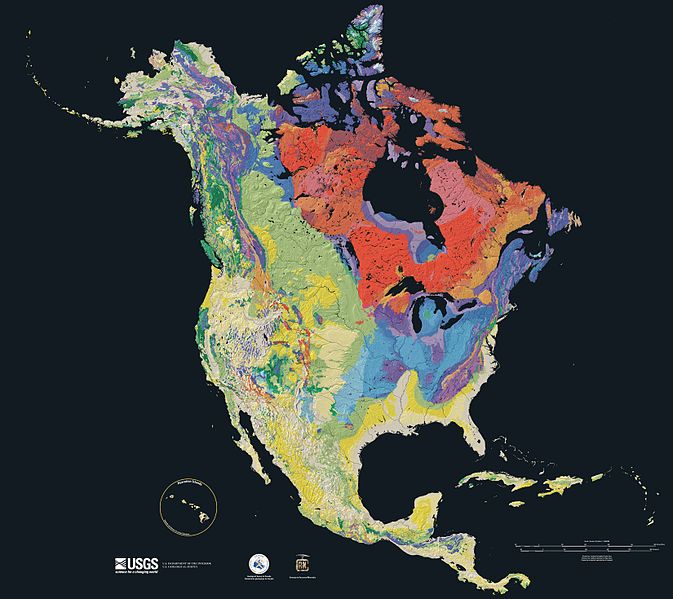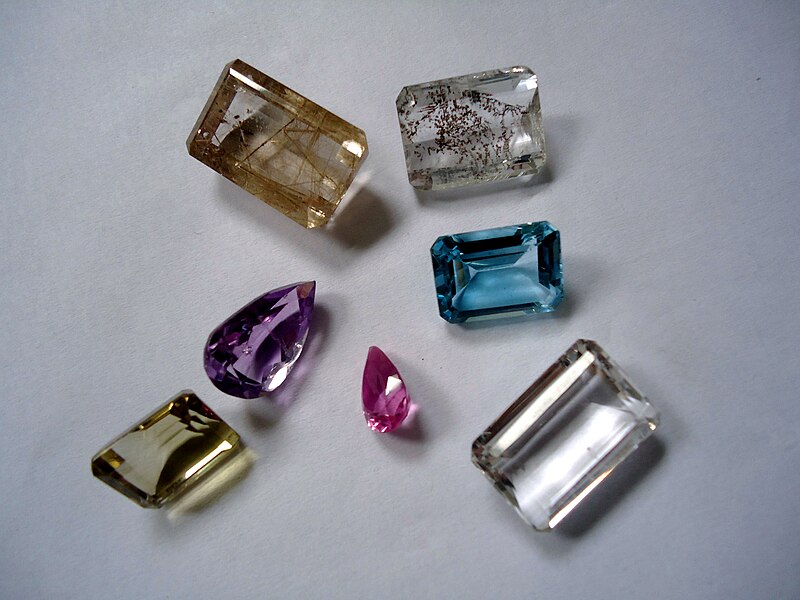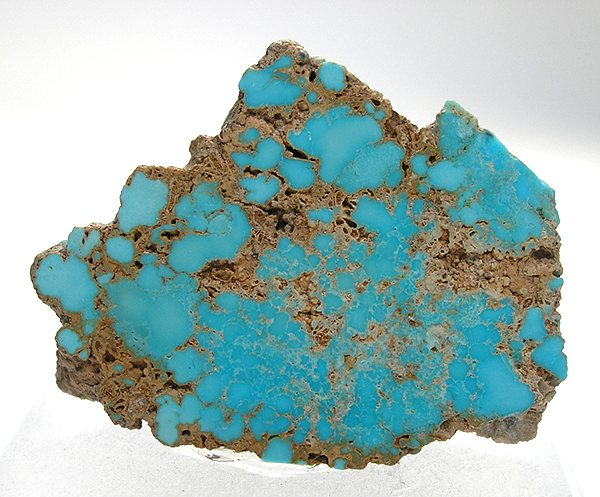 |
| Ship Rock close to the diamond fields |
The guys that dreamed up the Great Arizona Diamond Swindle
sure did a good job of it, and one that sucked in some smart money from both
coasts. Its locality was way out in the
boonies of New Mexico . Bluntly it was salted with uncut stones from Africa
where vast amounts of diamonds were found in the newly discovered kimberlite
deposits. The so-called rubies that
accompanied the diamonds turned out to be garnets that were mistaken for
rubies. The swindlers salted so many diamonds of the property that even after
the swindle was exposed people were still finding diamond crystals on the site.
This was a well organized swindle based on the idea in many
American’s heads that the West was a treasure house of riches waiting to be
tapped. At the time companies were
organized to tap these riches, and the locality the swindlers chose in New
Mexico was made for a swindle. At this locality there were not only
diamonds, but rubies, emeralds and sapphires too. This scheme got off the ground in 1870 that
was represented in San Francisco by
Phillip Arnold and John B. Slack who claimed to have found precious gems in the
Territory of New
Mexico
A large group of investors visited the diggings and
collected a large number of gemstones that were literally scooped off the
ground, and returned to San Francisco
where the gems were put on display so other suckers could be reeled into the
scheme. At the time someone remarked it was not expected they could pick them
up by the bushel, but there they were.
They even roped in the Federal Government because on May 10, 1872 a bill was passed in
Congress in the interests of the diamond miner who had made the discovery.
A larger expedition was planned that included a mining
expert that had graduated from the Royal School of Mines in Freiberg ,
Germany Rawlings ,
Wyoming May 28, 1873 going southwest to the gem mines, but after a
while they claimed they had lost their way and proceeded northwest for several
days. Some of the party began to doubt
the truth od the scheme, but finally after a circuitous route then finally
arrived at the site, and the mountain promised to be a real Golconda. Everybody found gems, and gems aplenty with
their hope rising accordingly.
A third party set out late in the season to return to this
fabulous locality, but never got there, and this expedition was abandoned. When Clarence King the head of the United
States Geological Survey heard this third expedition had come to naught he
organized an expedition of his own. It
was King’s expedition that proved the whole scheme was a Humbug and brought the
whole scheme crashing down around the ears of the plotters. It's estimated this pack of crooks got around $750,000 in 1870s dollars.







